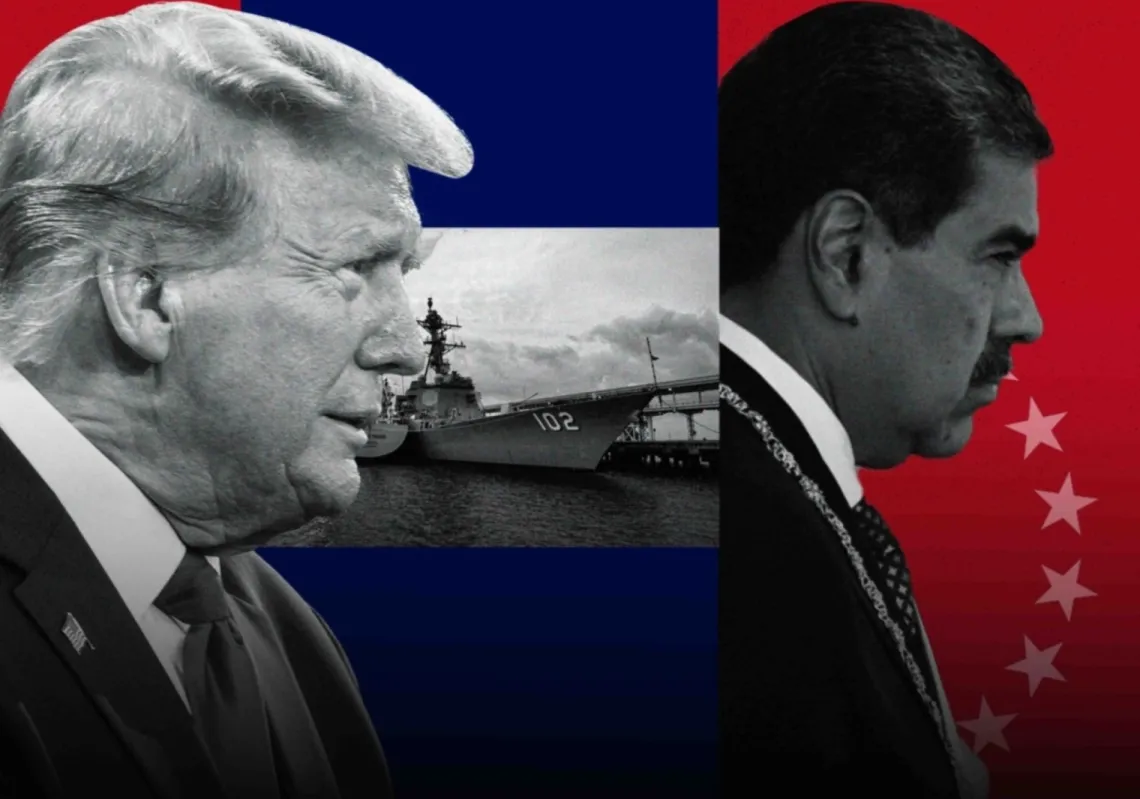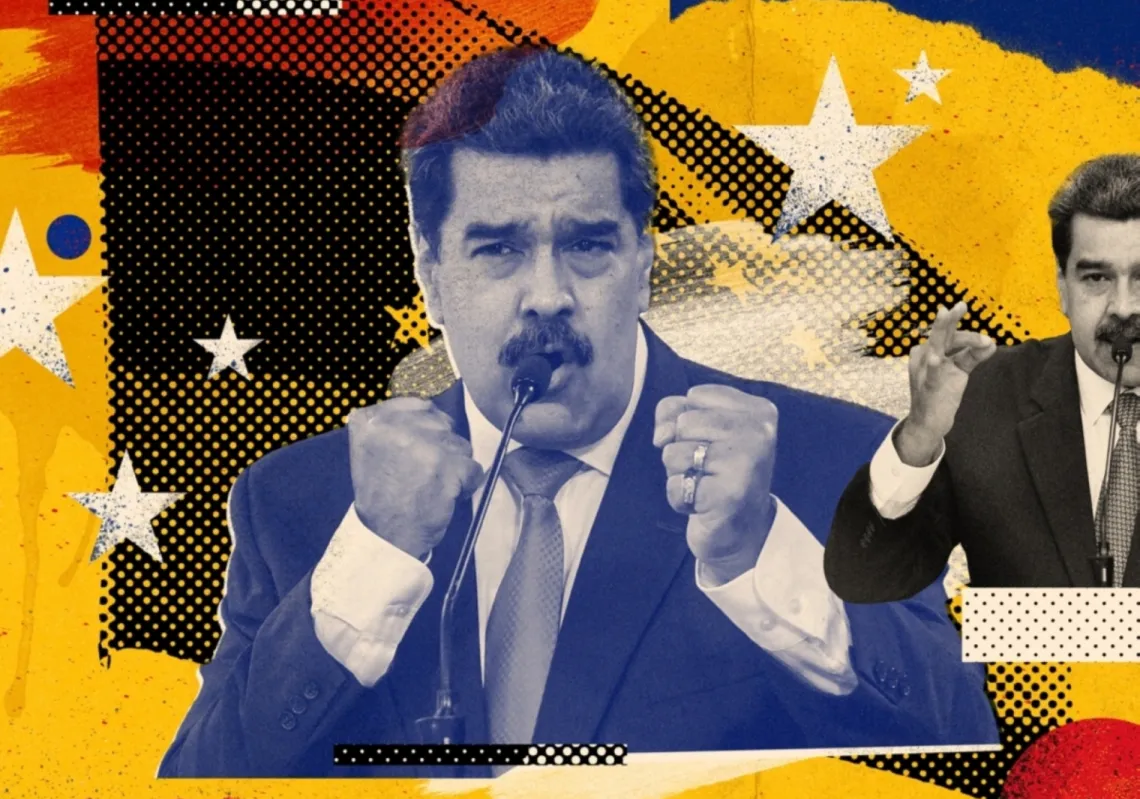Many reading the title above will think this is a joke. ‘Arms control in the Middle East’...? What arms control in the Middle East?
The region is easily one of the most militarised on the planet and has witnessed immense death, destruction, and human suffering in recent years, no less than after Hamas’s 7 October 2023 assault against Israel and Israel’s devastating response.
The Middle East is on the cusp of a regional war that could turn deadlier than that, deadlier even than the worst Arab-Israeli conflicts of the 20th century.
But if you look carefully at how events have unfolded over the past 10 months, there will appear moments—even, or especially, the tensest—where Israel and Iran engaged in a form of arms control to prevent all-out war.
This was not accidental. It was by design.
The question now is whether this experience, as uncertain or as fleeting as it might be, can be built upon to avert a catastrophic regional war.
Reducing war’s violence
To avoid confusion, let me define arms control in the region’s current context, or rather, what it is not, which is actors’ interest in reducing their arms production/acquisition in the interest of assuaging mutual security concerns.

The Middle East is far from that process of arms control, which Europe pursued formally and successfully after the end of the Cold War, whereby adversaries would agree to limit the number, lethality, range, and/or accuracy of their weapons.
The arms control relevant to today’s dynamics in the Middle East takes place after military conflict already has ensued.
In the early 1960s, Thomas Schelling and Morton Halperin defined arms control as “all the forms of military cooperation between potential enemies in the interest of reducing the likelihood of war, its scope and violence if it occurs, and the political and economic costs of being prepared for it”.














